The Invention and Re-Invention of Space
Representations of space become space itself. We see the world through our maps;
what we map and how we map it have a profound impact on how we navigate the mental
structure we call "reality". Art is, to some extent, an examination of our current
assumptions and beliefs about space. How we map and navigate our mental and
physical environments determines the nature of the reality we live in.
The following links show a sampling of varied representations of space. While it's
tempting to see these all as representations of an unchanging, solid, "real",
three-dimensional space, we have to remember that the idea of describing space as
having three numerical dimensions is a relatively new invention.
Byzantine Icons (8th-9th century)
 Giotto: pre renaissance (1300)
Giotto: pre renaissance (1300)
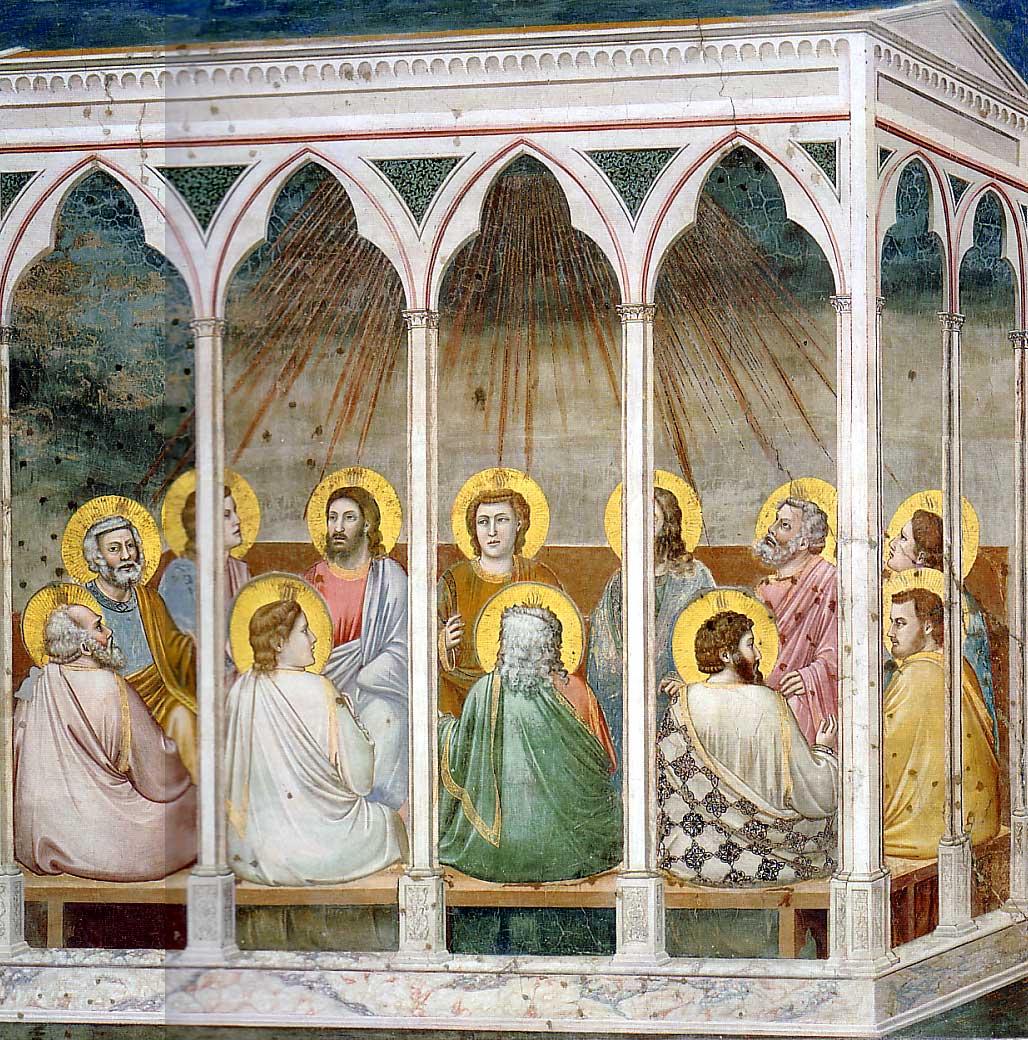
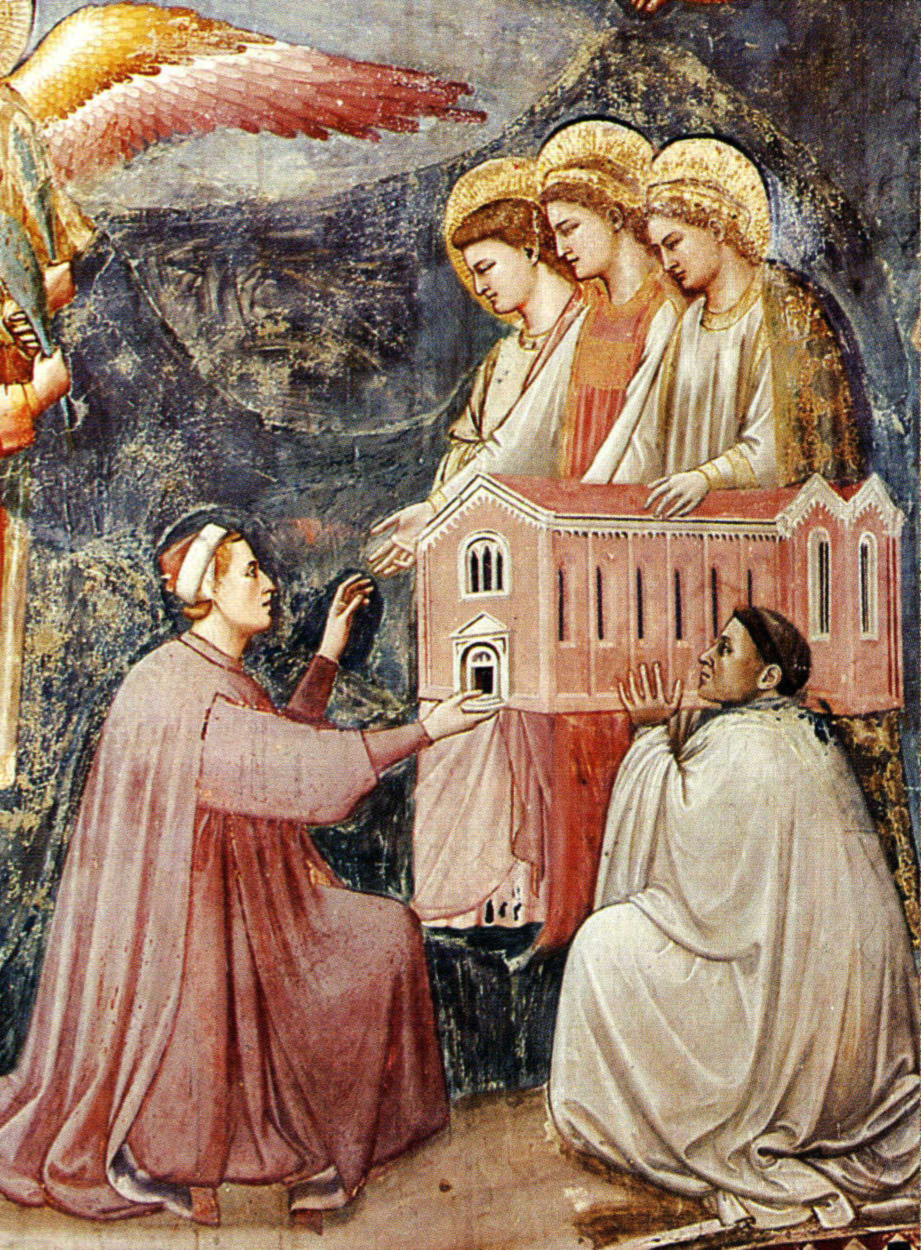
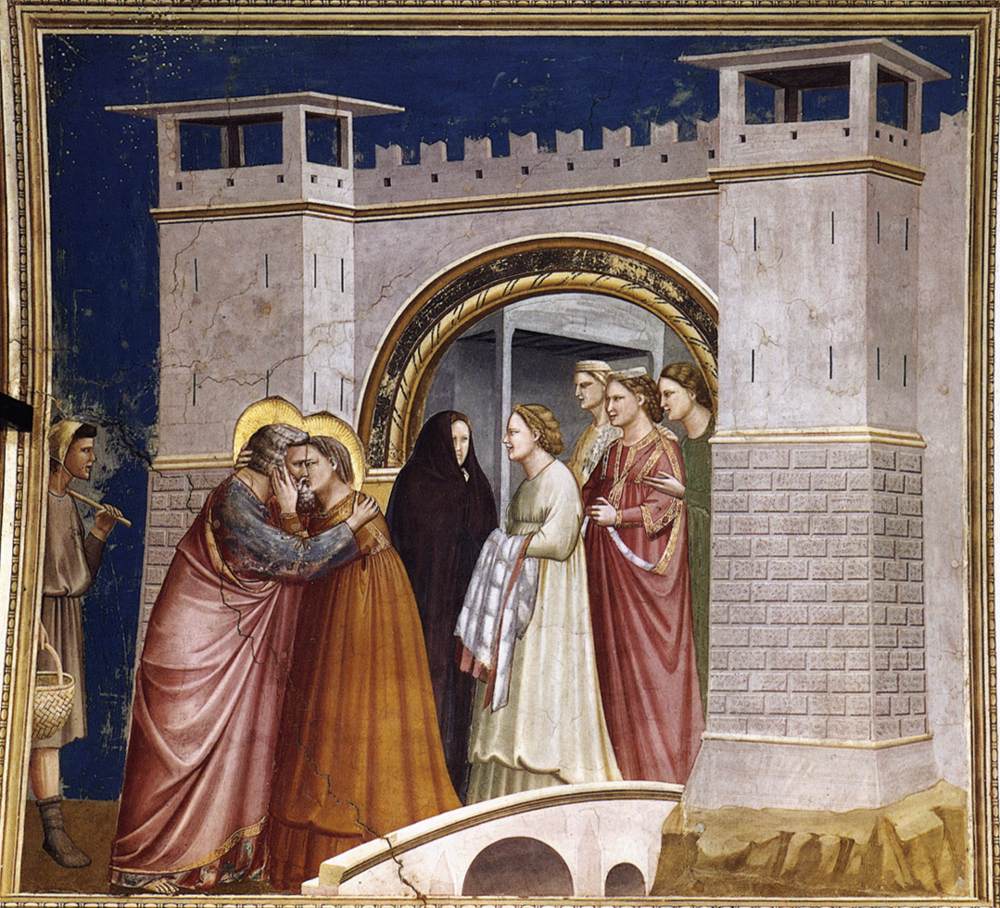 Renaissance and Baroque space in painting
Renaissance and Baroque space in painting
 Masaccio: Early Linear Perspective (1400s)
Masaccio: Early Linear Perspective (1400s)
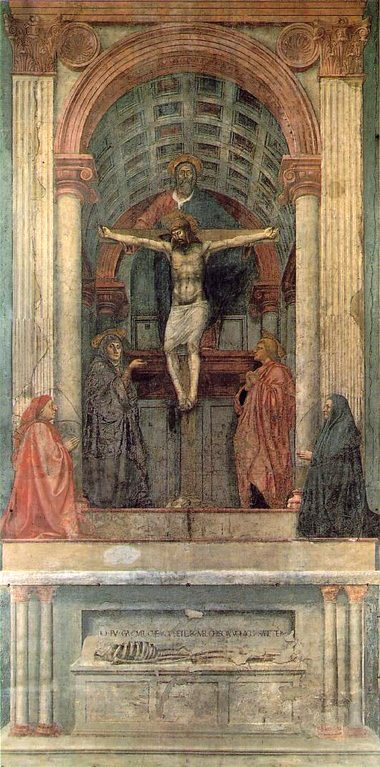
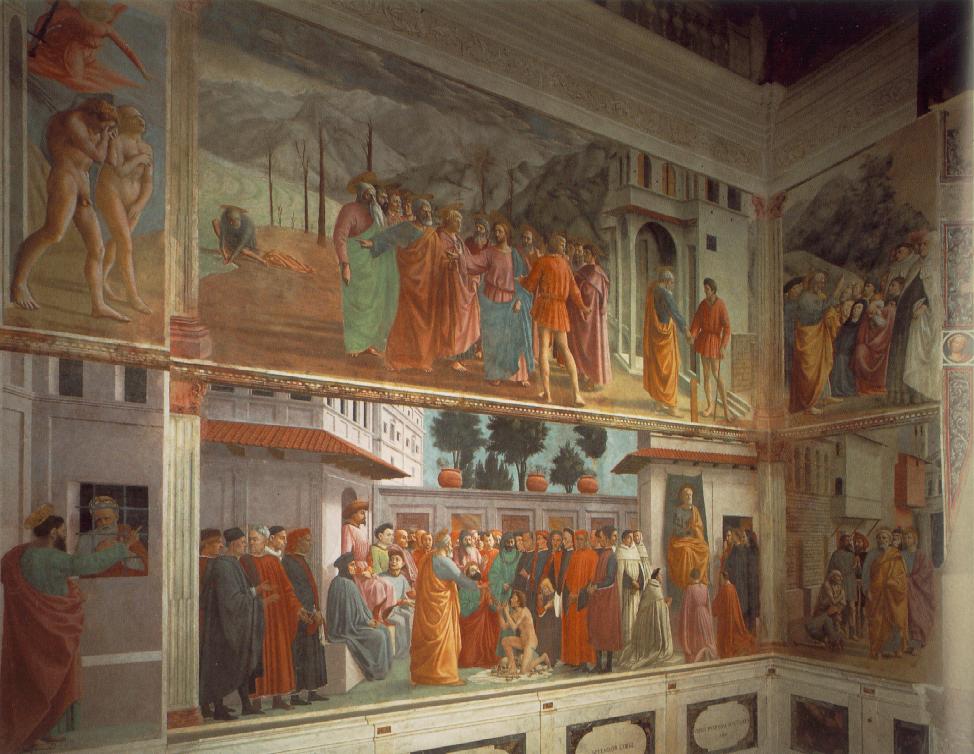
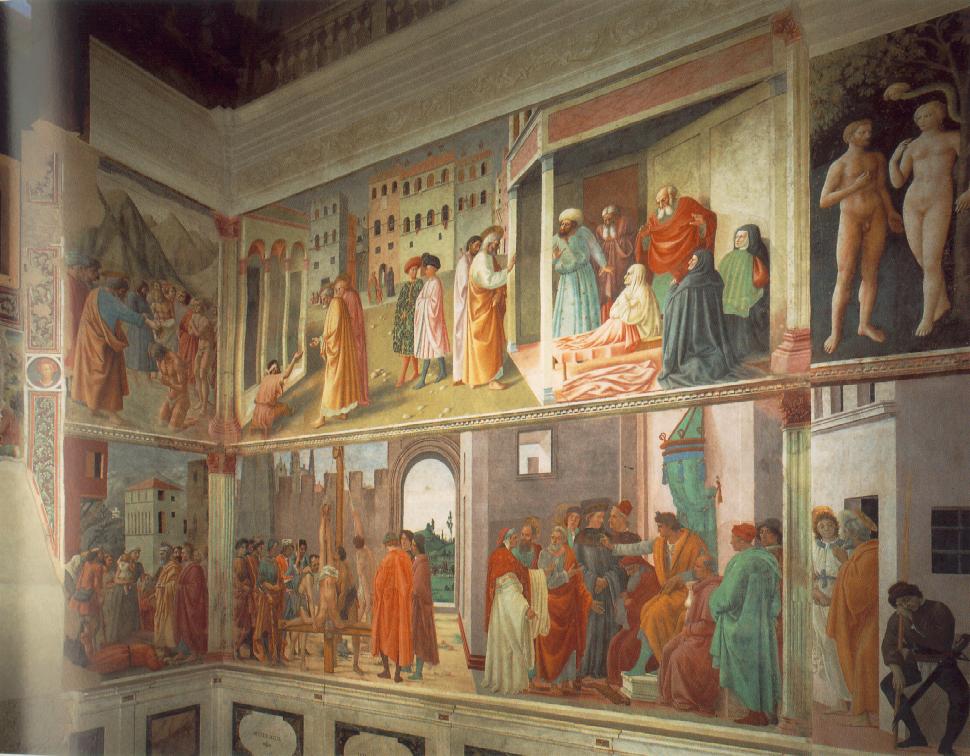 Albrecht Durer: Perspective Device (1400s)
Albrecht Durer: Perspective Device (1400s)
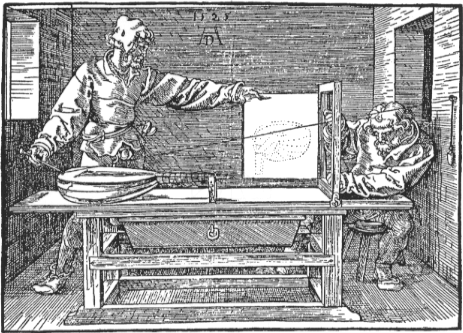 Cartesian Coordinate System (1600s)
Cartesian Coordinate System (1600s)
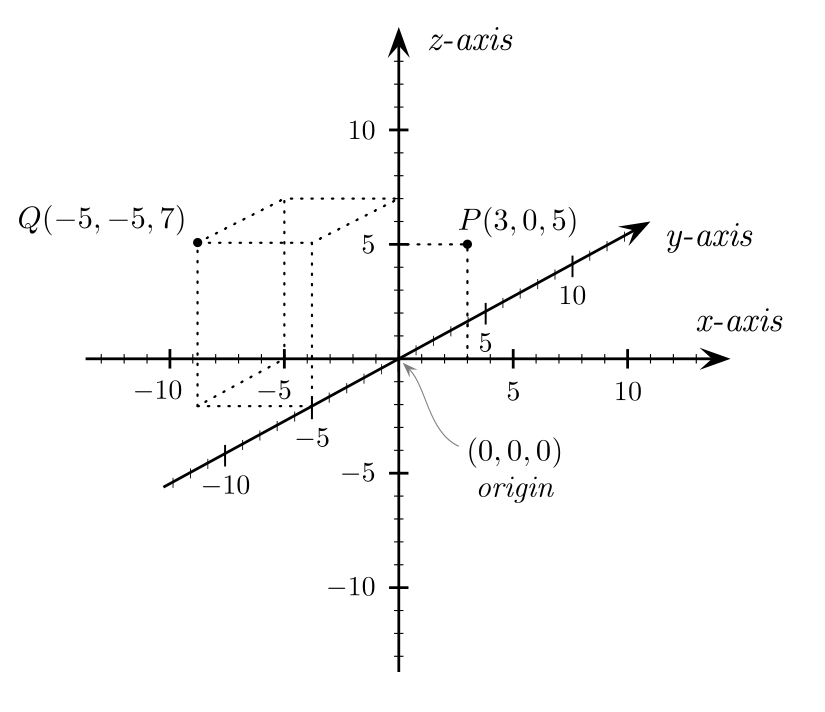 El Greco (1600)
El Greco (1600)
 Robert Delaunay (1900)
Robert Delaunay (1900)
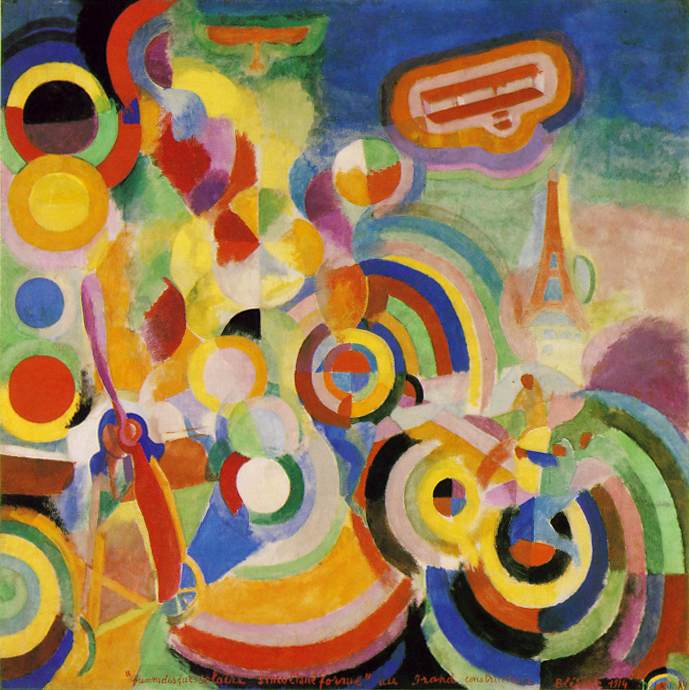 Paul Klee (1900)
Paul Klee (1900)
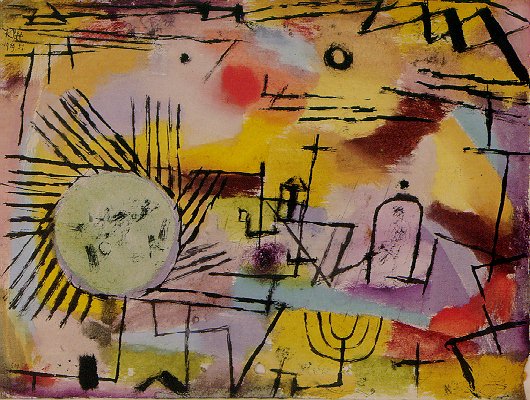 Earthrise over Moon -- the earth compressed, seen from the outside (1960
Earthrise over Moon -- the earth compressed, seen from the outside (1960
 Google Earth -- the earth expanded, seen as an intimate tactile surface
Google Earth -- the earth expanded, seen as an intimate tactile surface
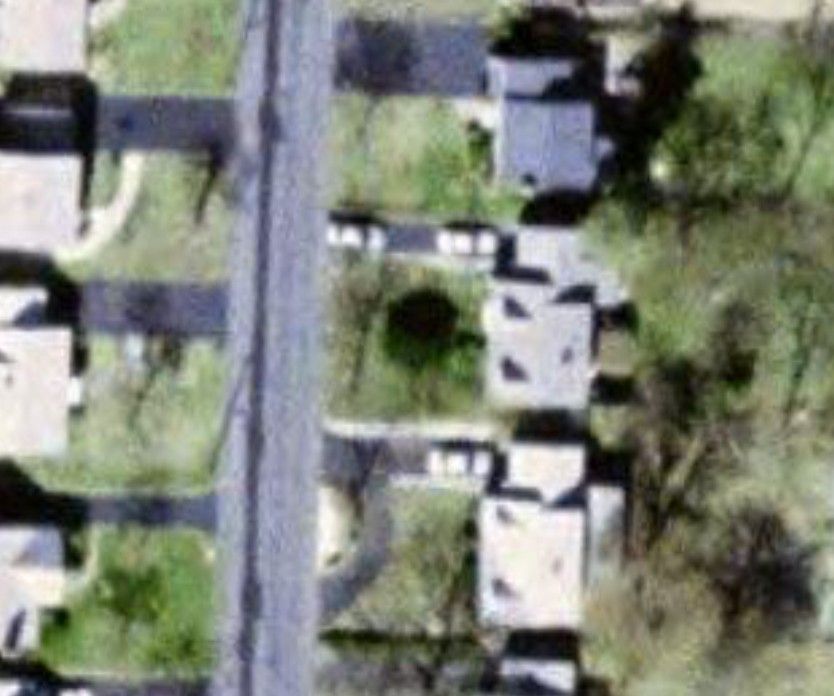 Taiwan by Any Other Name...
Taiwan by Any Other Name...


 Renaissance and Baroque space in painting
Renaissance and Baroque space in painting
 Masaccio: Early Linear Perspective (1400s)
Masaccio: Early Linear Perspective (1400s)


 Albrecht Durer: Perspective Device (1400s)
Albrecht Durer: Perspective Device (1400s)
 Cartesian Coordinate System (1600s)
Cartesian Coordinate System (1600s)
 El Greco (1600)
El Greco (1600)
 Robert Delaunay (1900)
Robert Delaunay (1900)
 Paul Klee (1900)
Paul Klee (1900)
 Earthrise over Moon -- the earth compressed, seen from the outside (1960
Earthrise over Moon -- the earth compressed, seen from the outside (1960
 Google Earth -- the earth expanded, seen as an intimate tactile surface
Google Earth -- the earth expanded, seen as an intimate tactile surface
 Taiwan by Any Other Name...
Taiwan by Any Other Name...